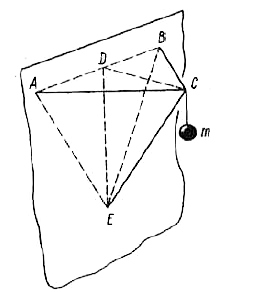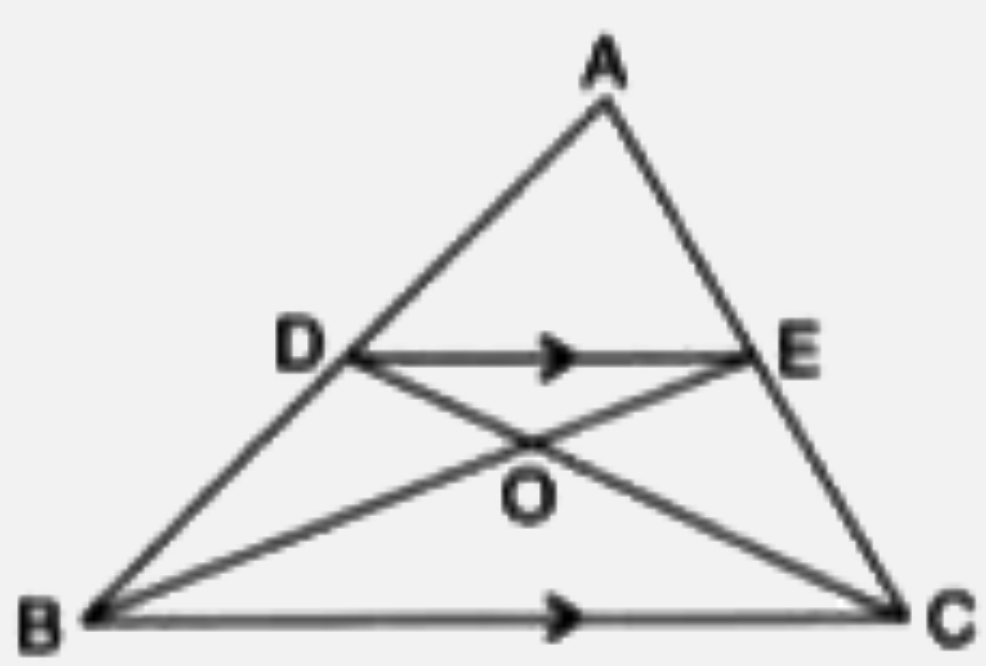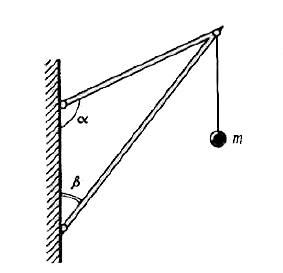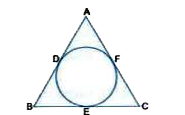A weight of mass m hangs from a bracket (Fig.),
AB = AC = BC = EC = a, DE = a/2. Find the forces in the rods.

Text Solution
The correct Answer is:mg, mg and 2 mg
Since DC=a√3/2andDE=a/2 it follows that ∠CDE=90∘. Resolve the force P = mg into two components in the directions CD and CE (Fig.). We obtain N = 2P, F=P√3. Now resolve

the force F into components directed along the rods BC and AC (Fig.). Since in this case the parallelogram of forces is a rhombus with an apex angle of 60∘, it follows that
F1=F2=F2cos30∘=P√32√3/2=P
|
Updated on:21/07/2023
Similar Questions
Knowledge Check
- Question 1 - Select One
Diagonal AC of a rectangle ABCD is produced to the point E such that AC:CE=2:1,AB=8cm and BC=6cm. Find the length of DE.
A2√19 cmB15 cmC3√17 cmD13 cm - Question 2 - Select One
In ΔABC D and E are the points on sides AB and AC, respectively, such that DE || BC. If AD = 4 cm, BC = 5 cm. DC = 10 cm and AB = 15 cm. then the sum of the lengths of DE and EC is:
AA. 20 cmBB. 15 cmCC. 21 cmDD. 18 cm
In the figure, EF || AC, BC = 10 cm, AB = 13 cm and EC = 2 cm, find AF
View SolutionIn the given figure, if DE || BC, AE = 8 cm, EC = 2 cm and BC = 6 cm, then find DE
View SolutionIn the given figure, DE // BC and AE : EC = 5 : 4. Find :
DE : BC View Solution
View SolutionA line segment DE is drawn parallel to base BC of A ABC which cuts AB at point D and AC at point E. If AB = 5 BD and EC = 3.2 cm, find the length of AE.
View SolutionConstruct Δ ABC with AB = 7 cm, BC = 6.5 cm, and CA = 5.5 cm. Find the midpoint D of AB. Draw DE parallel to BC, meeting AC at E. Measure DE. Find AE : EC.
View SolutionIn ΔABC, DE||BC. If DB = 5.4 cm, AD = 1.8 cm, EC = 7.2 cm, then find AE.
 View Solution
View Solution



